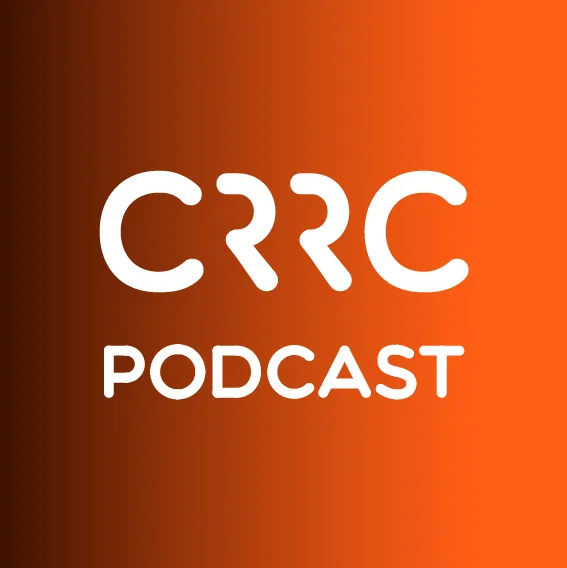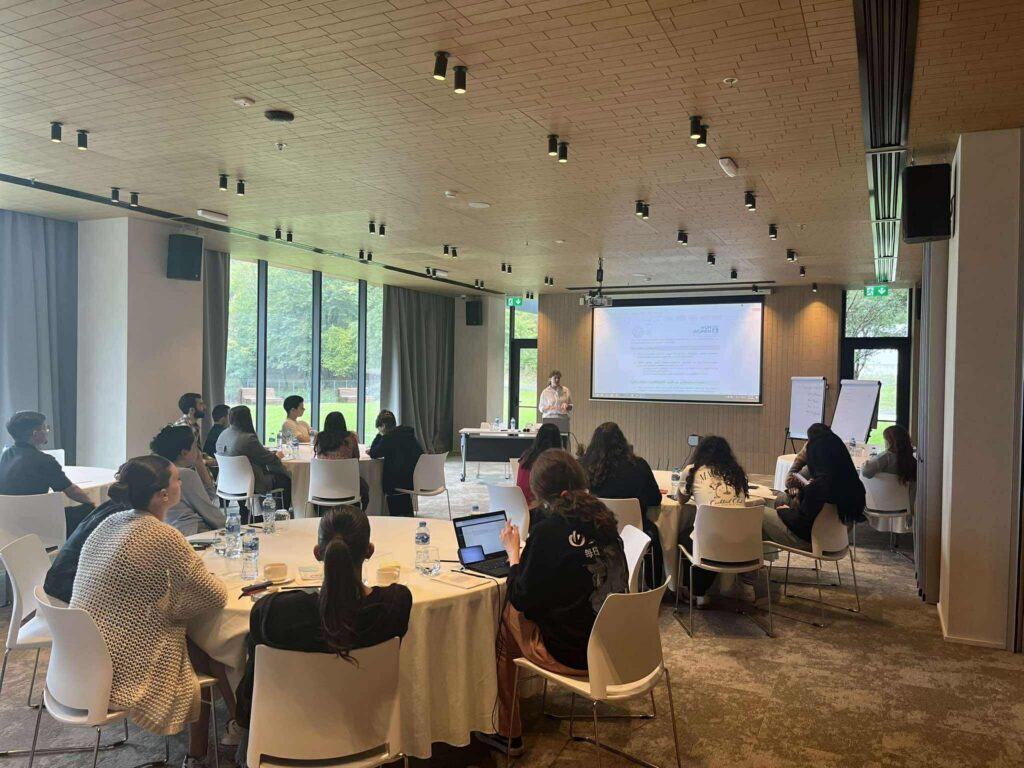This is the second blog post in a series analyzing homophobia in Tbilisi. The first blog post in this series can be found here.
Who tends to be more homophobic in Tbilisi – men or women? This blog post explores differences in homophobic attitudes between males and females using data from CRRC-Georgia’s survey of Tbilisi residents on the events of May 17, 2013, and shows that men tend to be more homophobic than women. Moreover, the findings show that men are more homophobic when they believe that homosexuality is inborn, rather than acquired.
Through this series of blog posts, homophobia was measured by the question: “[Whom] would you not wish to [be] your neighbor most?” Six answer options were presented on a show card including drug addicts, black people, adherents of a different religion, people holding different political views, homosexuals, and criminals. Respondents were allowed to choose only one answer option. As the chart below shows, for the population of Tbilisi, homosexuals are as undesirable neighbors as criminals or drug addicts.

A simple cross tabulation shows that for men in Tbilisi, homosexuals are the most undesirable neighbors. Criminals are the most undesirable neighbors for 21% of men, while twice as many men (43%) find homosexuals to be the most undesirable neighbors. For women, the picture reverses – 23% of women name homosexuals as the most undesirable neighbors, while twice as many of them (43%) name criminals.

Within the framework of the Norwegian Institute of International Affairs (NUPI) project Homophobia in Georgia: Can it be Predicted? more sophisticated statistical techniques were employed to analyze the relationship between gender and homophobic attitudes, including correlation, Chi-square test, logistic regression, and moderation analysis. A new dummy variable was generated for further analysis based on the neighbor variable, with only two categories: 0 = others, 1 = homosexuals.
Chi-square test of independence confirmed that men are more likely to display homophobic attitudes than women (χ2 (1, n=526)=8,65; p=.003). Correlation analysis also indicated that homophobia is significantly associated with gender, with males showing more homophobic attitudes than females (Kendall’s τ (526) = – .13, p = .001). Finally, as the results of logistic regression showed, gender is a significant predictor of homophobia (eB = 1.81, p = .003) (-2 LL =629.22, Cox and Snell R square = .026 and Nagelkerke R square = .037). A predictive equation was used to determine the probability of reporting homophobic attitudes by men and women. The probability of men being homophobic is 39%, while it is 29% for women.
As moderation analysis further revealed, the relationship between gender and homophobia is moderated by respondents’ perception of the cause of homosexuality, i.e. whether they believe homosexuality is inborn or acquired. Among those who believe that homosexuality is inborn, males demonstrate much higher levels of homophobic attitudes than females (b = 1.021, 95% CI (0.475, 1.566), z= 3.666, p =. 00), while among those who believe that homosexuality is caused by environmental causes, gender is no longer significantly related to homophobia (b = -. 057, p>0 .05).
“Inborn” vs “acquired” homosexuality moderate relationship between homophobia and gender

Why are men more homophobic than women, and why are they even more homophobic when they believe that homosexuality is inborn?
In respect to the first question, it should be noted that this finding is not Georgia-specific: worldwide, studies show that males are more likely to display homophobic attitudes than females (Baker & Fishbein, 1998; Poteat, Espelage & Koenig, 2009). Gender panic theory defines homophobia as males’ fear of and defensiveness against losing so called male privilege. This theory explains this phenomenon through men feeling insecurity in their access to masculine status. When males are not capable of feeling and presenting their masculinity in a rational way, they exhibit homophobic attitudes. According to this theory, homophobia is more prevalent in patriarchal societies with traditional gender roles. Given the prevalence of conservative traditions in Georgia, this finding does not come as a surprise.
What is surprising is that Tbilisi males tend to be more homophobic when they believe that homosexuality is inborn rather than acquired. Logically, if something is beyond a person’s control, it is illogical and counterproductive to blame the person for it. This logic, however, seems not to be working for Tbilisi males who tend to be more homophobic when they think that homosexuals have no control over their sexual orientation. Gender panic theory can, however, help us explain this finding as well: if homophobia is the fear of losing male status and privilege, this fear can be greater when the threatening subject (a homosexual and his or her sexual orientation) is perceived as innate and non-changeable. In contrast, when people believe that homosexuality is acquired, they think that homosexuals can control their sexuality. But when homosexuality is perceived as innate, homosexuals can be considered “wrong”, deeply spoiled people who cannot be “corrected” and thus, only deserve hatred (Douglas, 2002).
While gender panic theory offers a credible explanation of the findings explaining the relationship between respondents’ gender and their homophobic attitudes, we invite you to discuss other potential explanations on our Facebook page.
While gender panic theory offers a credible explanation of the findings explaining the relationship between respondents’ gender and their homophobic attitudes, we invite you to discuss other potential explanations on our Facebook page.
The next blog post will discuss the relationship between homophobic attitudes and religious service attendance.









